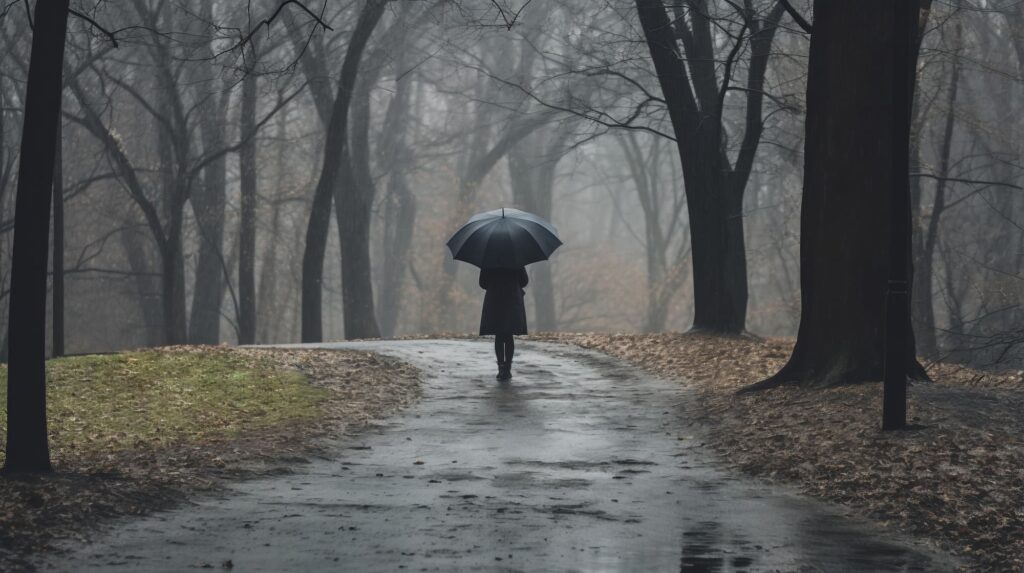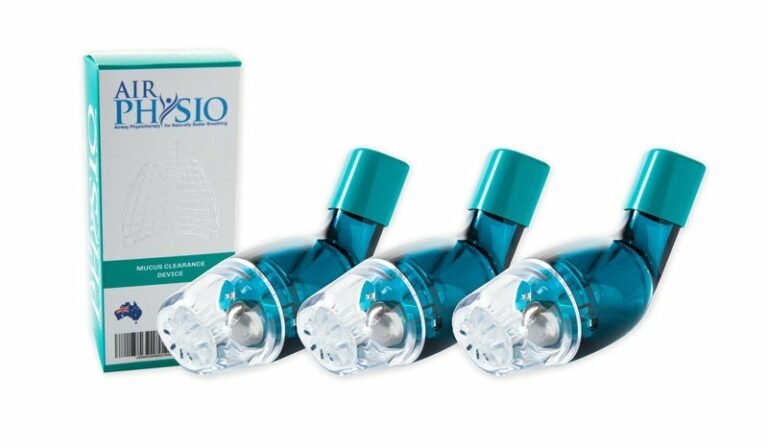Why Lung Health Matters on World MS Day – And Every Day
Each year on May 30, the world unites to recognise World MS Day – a powerful movement that brings together the global Multiple Sclerosis (MS)

When the weather changes, we often notice the obvious shifts — warmer mornings, cooler nights, more rain or sunshine. But there’s one change that’s a little more subtle: the way our bodies respond, especially our lungs.
If you’ve ever found yourself breathing a little heavier in winter, coughing more in spring, or feeling unusually tired after walking on a humid day, you’re not imagining it. The seasons really can affect your lungs. And for people with asthma, allergies, COPD or chronic bronchitis, the impact can be even more noticeable.
So, why does this happen — and what can we do about it?
Seasonal Shifts & Your Lungs: What’s the Connection?
Our lungs are in constant contact with the outside world. With every inhale, they pull in not only oxygen, but also tiny particles and gases from the surrounding air. That makes them incredibly sensitive to changes in temperature, humidity, air quality, and allergens — all of which fluctuate with the seasons.
Here’s how different weather patterns can affect respiratory health:
❄️ Winter (Cold & Dry Air)
Cold air can irritate and tighten your airways, especially during exercise.
Dryness reduces moisture in your airways, which can increase inflammation.
Indoor heating can worsen dust and dry air exposure.
People often get more colds or flus in winter, which can linger in the lungs.
🌻 Spring (Allergy Season)
High pollen levels can trigger asthma and allergic reactions.
Wind can carry dust, mould, and other airborne irritants.
Shifting temperatures can lead to sudden airway sensitivity.
☀️ Summer (Hot & Humid)
Humid air can feel “thicker” and harder to breathe.
Heat can increase air pollution and ozone levels.
Dehydration may impact the fluid balance in your lungs.
🍂 Autumn (Temperature Swings)
Cooler nights and warm days can cause inflammation in sensitive lungs.
Leaf mould and increased indoor dust may trigger respiratory symptoms.
How You Can Protect Your Breathing — Season by Season
While you can’t change the weather, you can adapt your habits to better support your lungs year-round. Here’s how:
1. Dress for Your Lungs
Wear a scarf over your mouth and nose in cold weather to help warm the air before it hits your airways. This is especially helpful for people with asthma or bronchitis.
2. Monitor Air Quality & Pollen Levels
Check local forecasts or download an air quality app. Avoid outdoor exercise on days with high pollution or pollen counts, and keep windows closed during peak pollen hours (usually early morning).
3. Keep Indoor Air Clean
Use an air purifier, especially if you live in a city or during bushfire season.
Clean vents, fans, and filters regularly.
Reduce indoor pollutants like strong cleaning products or scented candles.
Control humidity with a dehumidifier in damp areas.
4. Practice Breathing Techniques
Gentle breathing exercises, yoga, or even singing can help expand your lungs, strengthen respiratory muscles, and encourage better airflow — especially helpful in colder months when we’re less active.
5. Listen to Your Body
If you notice your breathing changing with the seasons — more coughing, wheezing, shortness of breath or fatigue — it’s worth checking in with a GP or respiratory specialist. These signs can often be managed early with the right support.
🧠 Final Thought: Your Lungs Don’t Take a Season Off
While the seasons come and go, your lungs are working constantly — day and night — to keep you going. Staying aware of how your environment affects your breathing is a powerful step toward better everyday wellbeing.
Whether it’s wrapping up on a frosty morning walk or closing your windows during a dusty afternoon breeze, every small action helps protect your lungs through the year’s changes.
Because when you breathe better, you live better.
Each year on May 30, the world unites to recognise World MS Day – a powerful movement that brings together the global Multiple Sclerosis (MS)
Asthma is more common than many people realise — affecting over 262 million individuals around the world. Yet despite how many lives it touches, asthma
In the pursuit of optimal respiratory health, understanding and implementing techniques like Chest Percussion can be a game-changer. This method, designed to enhance lung function
AirPhysio may be able to help by assisting with
✅Clearing the mucus clogging airways
✅Helps Promote Optimal Lung Capacity
✅Helps Promote Optimal Lung Hygiene
✅Helps treat Respiratory Conditions
✅May Reduce the chance of developing lung infections
✅Recommended by doctors, physical Therapists & Pulmonologists
✅Helps Make Breathing Easier
✅Sold in 106 countries globally


Do you suffer from Dry or Persistent Cough, Breathlessness, Respiratory or Severe Respiratory Conditions, or Shortness of Breath as you Get Older?

THIS PRODUCT MAY NOT BE RIGHT FOR YOU. READ THE WARNINGS BEFORE PURCHASE (Contraindications of Untreated pneumothorax; Tuberculosis; Oesophageal surgery; Right-sided heart failure; Middle ear pathology, such as ruptured tympanic membrane)
FOLLOW THE DIRECTIONS FOR USE
IF SYMPTOMS PERSIST, TALK TO YOUR HEALTH PROFESSIONAL

Gallery
AirPhysio is an Oscillating Positive Expiratory Pressure (OPEP) device that is used for mucus clearance and lung expansion to help in the treatment of respiratory conditions. The use of the AirPhysio device helps to facilitate secretion mobilization and maximize lung volume for cleaner healthier lungs.
© AirPhysio 2022 – All Rights Reserved
| Cookie | Duration | Description |
|---|---|---|
| cookielawinfo-checkbox-analytics | 11 months | This cookie is set by GDPR Cookie Consent plugin. The cookie is used to store the user consent for the cookies in the category "Analytics". |
| cookielawinfo-checkbox-functional | 11 months | The cookie is set by GDPR cookie consent to record the user consent for the cookies in the category "Functional". |
| cookielawinfo-checkbox-necessary | 11 months | This cookie is set by GDPR Cookie Consent plugin. The cookies is used to store the user consent for the cookies in the category "Necessary". |
| cookielawinfo-checkbox-others | 11 months | This cookie is set by GDPR Cookie Consent plugin. The cookie is used to store the user consent for the cookies in the category "Other. |
| cookielawinfo-checkbox-performance | 11 months | This cookie is set by GDPR Cookie Consent plugin. The cookie is used to store the user consent for the cookies in the category "Performance". |
| viewed_cookie_policy | 11 months | The cookie is set by the GDPR Cookie Consent plugin and is used to store whether or not user has consented to the use of cookies. It does not store any personal data. |